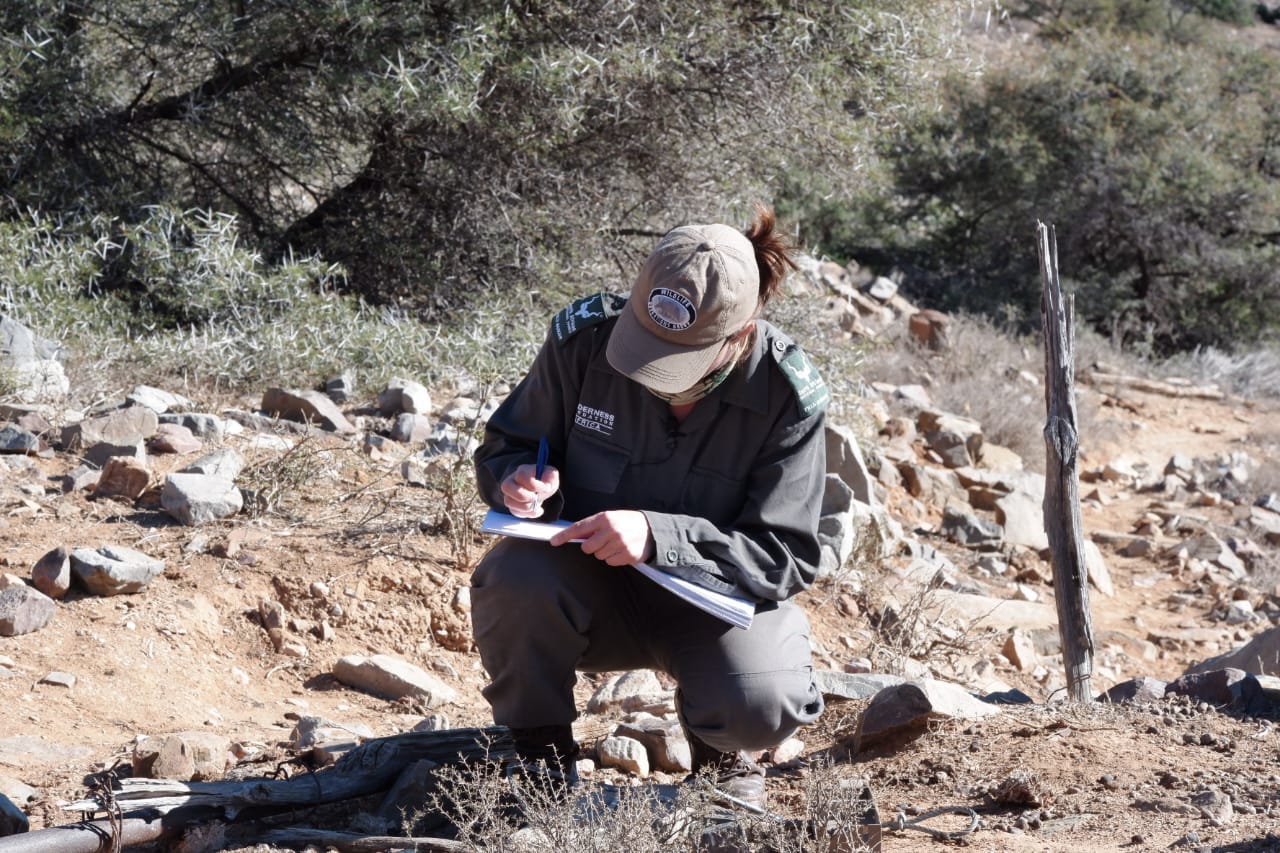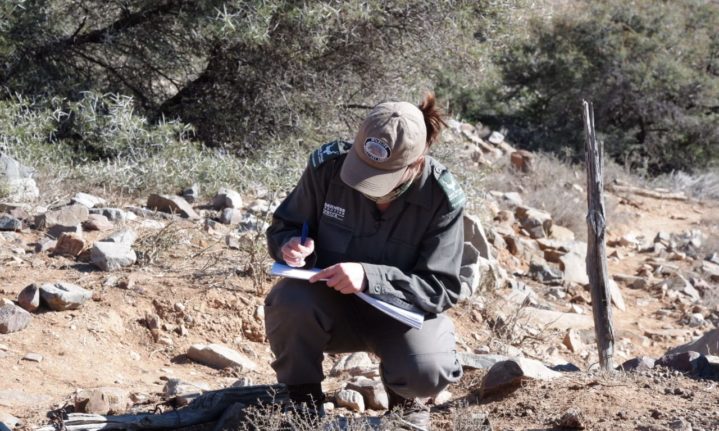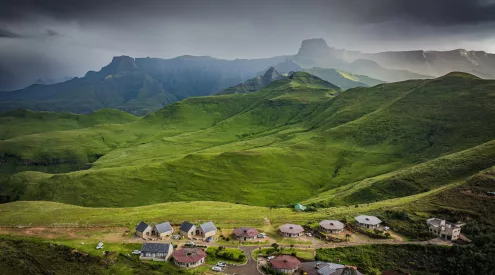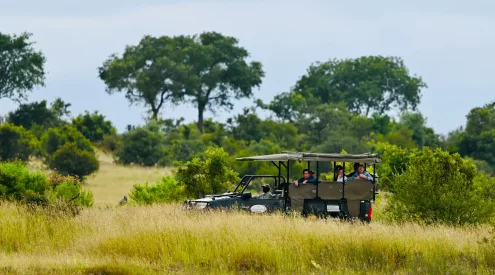With rhino numbers in South Africa still as much under threat as ever, each individual, team and organisation playing a part in conserving the species is a hero in our eyes. So, what does it take to combat poaching, do research and somehow stay afloat with funding, all in a day’s work? We chatted to rhino monitor Ester van der Merwe of Wilderness Foundation Africa to find out.

What goes into rhino monitoring day to day?
Rhino monitoring is a consistent effort, you must keep on top of the population with new births, movement, additional tears, notching calves old enough, making sure your individuals are in good health and seen on a regular basis. This is done through aerial surveys, foot patrols and camera trapping; all the efforts combined gives a good overall idea of where animals are moving to and who they associate with.
What kind of training or education have you received?
I did a Nature Management Diploma with Centurion Academy, and since then I have done 18 additional certifications to help me with skills development. I am always trying to increase my knowledge; I am a driven person and believe you can make any dream come true through hard work and perseverance. I have been monitoring big game populations for 16 years, the last seven years have been working exclusively with black rhino and I believe experience is invaluable.
How are rhino numbers doing in SA and Africa in general?
This is a very difficult question to answer, because it all depends on what area of the continent you are in. Some of our national parks are hit harder than others, some areas are earmarked to be safe havens for rhino while others are fighting daily against poaching.
Is your job quite stressful at times?
It is a very rewarding job, but it is hard work and can be extremely dangerous. And yes, it can be very stressful at times, but I like a challenge.
Can you think of a specific incident that happened or something you witnessed that really impacted you?
I witnessed poachers shooting a white rhino bull in front of me. It was unfortunately too late to save the animal, and an extremely physically and emotionally draining experience, but it gives me even more drive to do anything possible to protect these amazing animals.
Non-profit company One Land Love It shared a video on Ester and her work. Watch below for more behind-the-scenes footage.
What can the public do if they wanted to get involved or support your work?
There are a number of organisations working hard to support rhino conservation I can suggest donating to these companies:
Wilderness Foundation Africa – Forever Wild Rhino Protection Initiative
Stoprhinopoaching.com
Care for Wild Rhino Sanctuary
Zululand Rhino Orphanage
Wild Tomorrow Fund
Flying for Freedom SA
Isibindi Foundation
African Conservation Initiatives
African Wildlife Vets
SANParks Honary Rangers
Wildlife ACT
WWF Black Rhino Range Expansion Program
Nkombe Rhino
Pictures: Supplied
ALSO READ




















